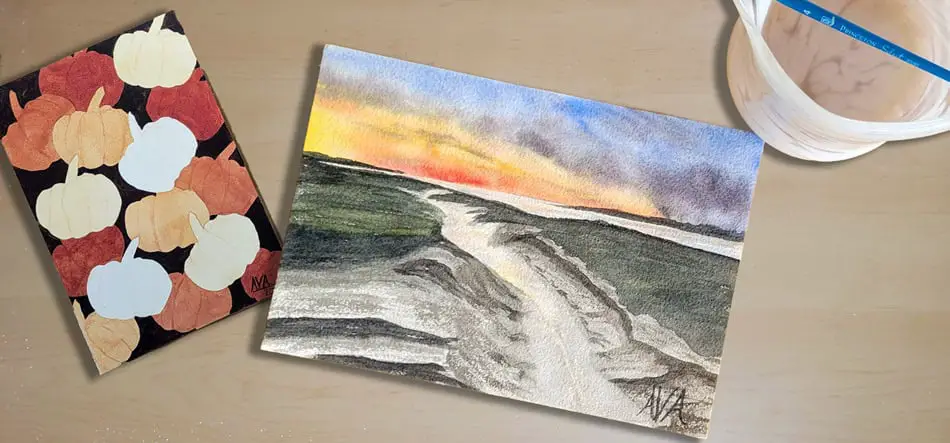When we think about painting, we often consider vibrant colors, bold brushstrokes, or intricate details. However, negative space, the area surrounding or between the subjects, is equally important to visual art. Though it may seem like empty space, negative space plays a vital role in composition, balance, and the overall impact of a painting.
Negative space refers to the areas surrounding the main subjects within an artwork. It is the area that isn’t occupied by the main subject (called positive space), but it is essential to how we perceive that focal point.
You can think of negative space as the unsung hero of a composition, shaping the viewer’s experience without demanding the spotlight. So, let’s explore the importance of negative space and techniques for creating it in your own artwork!
The Importance of Negative Space
- Adds Depth and Dimension: Effective use of negative space can create a sense of depth, making a two-dimensional canvas feel more dynamic. Shadows, overlaps, and contrasting colors can help illustrate how different elements interact in space. A great example is a misty landscape where the bottom of each layer of mountains or trees fades out to white, creating negative space between the layers.
- Creates Balance: Negative space helps establish a sense of balance within a painting. A well-composed artwork can draw the viewer’s eye around the canvas, preventing any one area from feeling overcrowded or void. It also helps to keep the eye moving around the painting so the viewer doesn’t get stuck in one spot.
- Enhances Focus: Negative space directs attention to the focal point by creating areas of calm around complex subjects. It can make a visual break, allowing the viewer to engage more deeply with the main subject.
- Shapes Meaning: Negative space can often tell a story as powerfully as the positive elements. For example, a stark landscape may evoke feelings of isolation when combined with minimal foreground subjects, highlighting the expanse of the negative space.
Historical to Present Perspectives of Negative Space
Artists have recognized the power of negative space for centuries. In Eastern art, particularly traditional Japanese ink painting (suiboku-ga or sumi-e), negative space is as important as the painted elements.
Sesshū Tōyō, a Japanese monk in the 1400s, was a master of these deceptively simplistic, abstract landscapes incorporating extensive negative space. The philosophy behind this art form embraces simplicity and the beauty of emptiness. It gives a pictorial representation of Zen Buddhism and enlightenment.
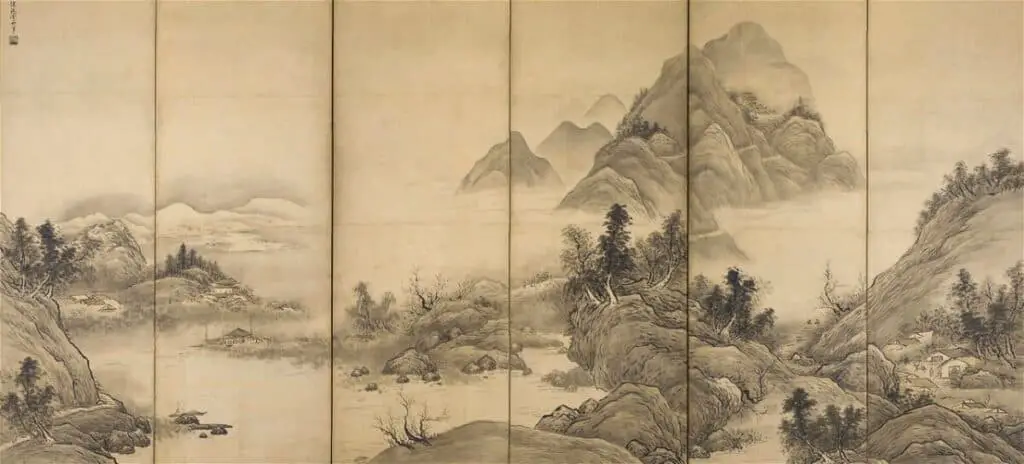
In Western art, impressionists like Matisse, cubists like Georges Braque and Picasso, and modern artists like Mondrian and Rothko have also leveraged negative space to enhance their work. A wide variety of symbolism has been associated with negative space throughout the years. Still, negative space was essential to the overall composition of the pieces.
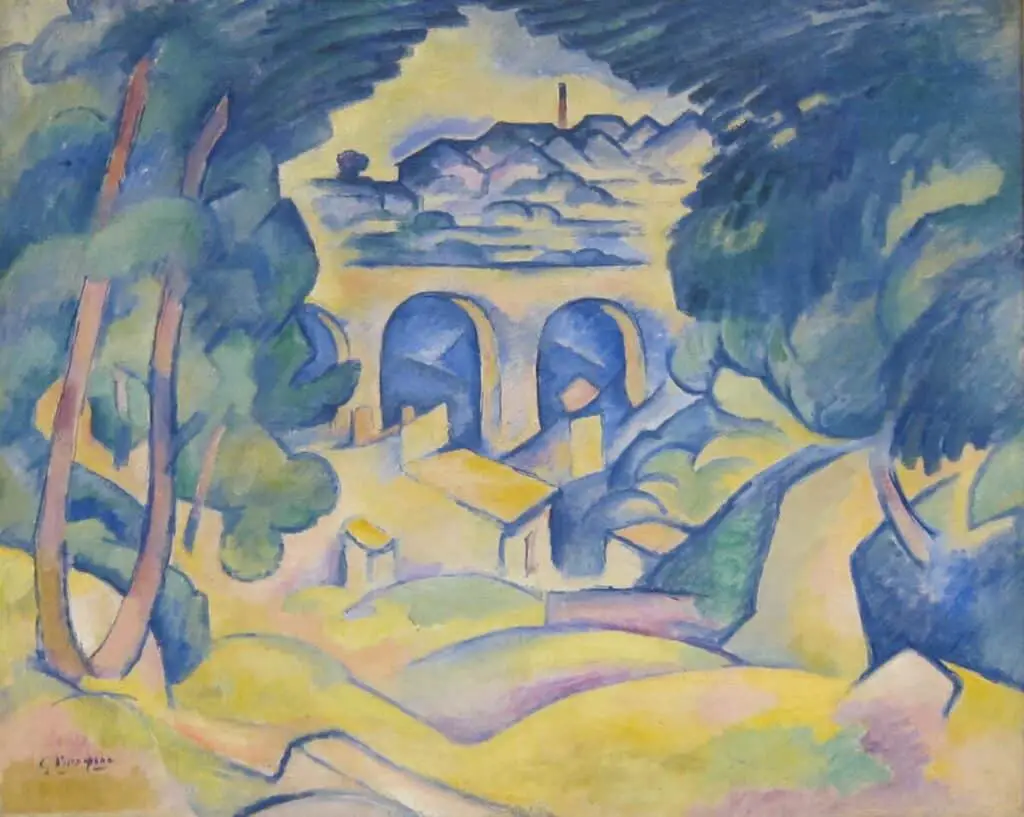

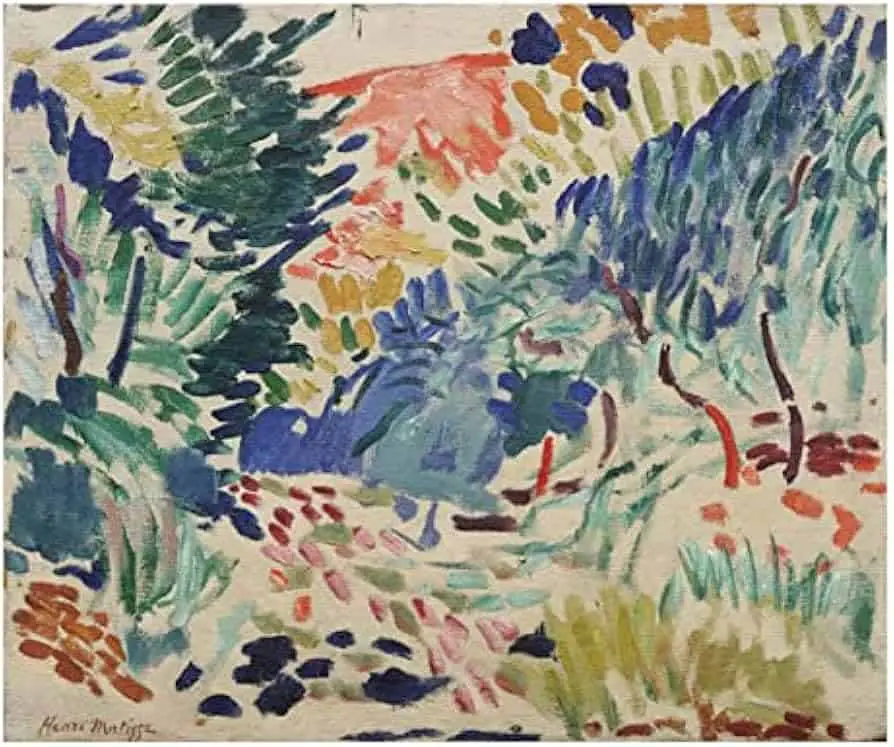
In watercolor paintings, historically and presently, negative space is essential. Light colors cannot be layered over dark colors in watercolor as in traditional oil paintings or other mediums, so negative painting is necessary to preserve highlights or whites.
In the 1800s, Girtin utilized negative space effectively to create romantic, atmospheric landscapes. A similar approach is used by current-day watercolorists.
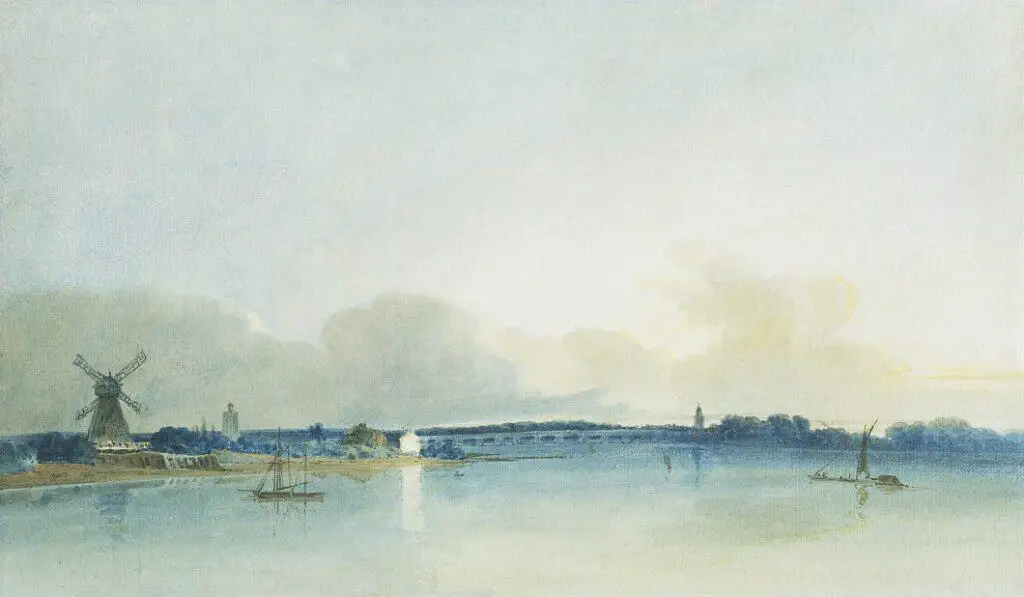
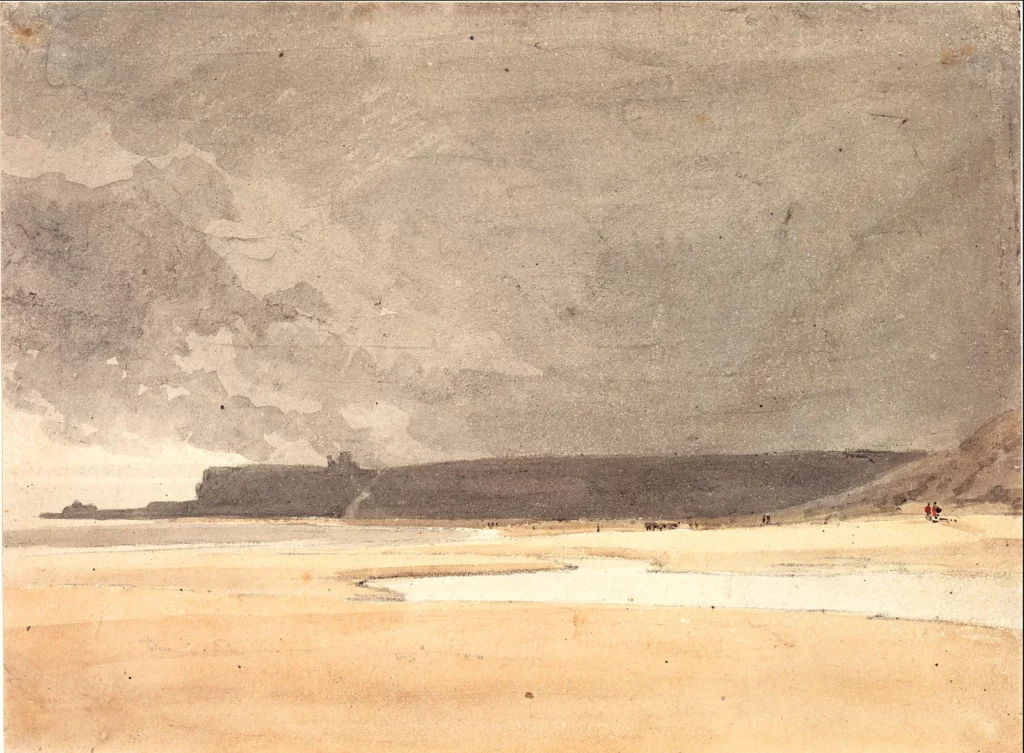
Present-day artists such as urban artists Kooja Koene, Linda Martino, and João Catarino use negative space to enhance the focal point, create restful spaces within a sketch, and improve color and compositional balance across the page. It also allows for capturing scenes more quickly while remaining true to the sense of the urban landscape.
Techniques for Incorporating Negative Space
If you’re an artist looking to harness the power of negative space in your work, consider the following techniques:
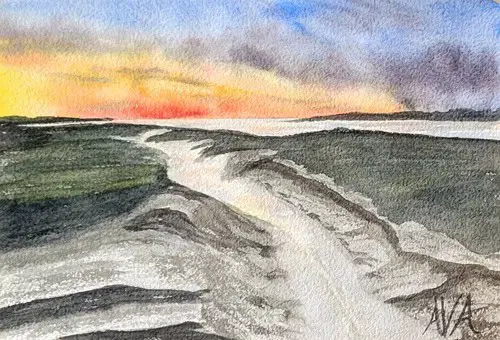
- Plan Your Composition: Before painting, sketch out your composition, considering how negative space will interact with the positive elements. Think about where you want the viewer’s eye to go.
- Use Contrast: Employ contrasting colors and tones to make the negative space stand out. A light background can make darker subjects pop, and vice versa. Contrast can include value contrast, shape contrast, or color contrast, all of which can be ulitized with negative space. For example, if your main subject has a lot of sharp angles within it, creating a flowy, curvilinear edge to the negative space will help draw the eye to that area.
- Experiment with Shapes: Sometimes, the shapes created by negative space can be just as compelling as the subjects themselves. Explore how altering the arrangement of your subjects can create interesting forms in the empty areas. It is even possible to create specific silhouettes with the negative space.
- Limit Detail in Negative Areas: To keep the focus on your subjects, the negative space should not contain detail. This will enhance the sense of simplicity and calm around your primary focus and allow the viewer’s eyes to rest as they move through that space. The edges of the negative space are much more important than what is contained within the negative space.
- Take a Step Back: Regularly stepping back from your work allows you to see how the negative space interacts with the positive space. This perspective can lead to adjustments that enhance the overall composition, especially as the artwork is typically viewed from feet away versus the inches away you are while creating it.
What is Negative Painting?
There is a style of painting called negative painting that utilizes the concept of negative space to create the main subjects. So instead of painting the main subject, you paint around the main subject to create the shape. This is often done in watercolor painting to maintain the lighter color subject. Because you cannot typically paint lighter colors over darker colors when working with watercolor, this becomes a vital technique.
You can create a finished artwork using only this technique. There are many examples out there, but frequently people use leaf shapes. So, to make this type of painting, you will paint the entire page in a wash (watered-down pigment painted smoothly across the page). After the base layer dries, you will sketch out (with any tool such as a pencil, pen, or just your paintbrush) the outline of the leaf or a few leaves. Then you paint another wash of color to cover the entire background around what you have sketched.
Next, you sketch out more leaves, making sure not to go over the previous shapes. You can sketch part of a leaf to make it look like it is popping out from behind the previously drawn leaves. After you get that layer, you again paint the background, going around the old and new sketched shapes. You can keep doing this until the painting looks how you like it. This is a great way to practice negative painting, watercolor washes, water control, value scales, and glazing techniques.
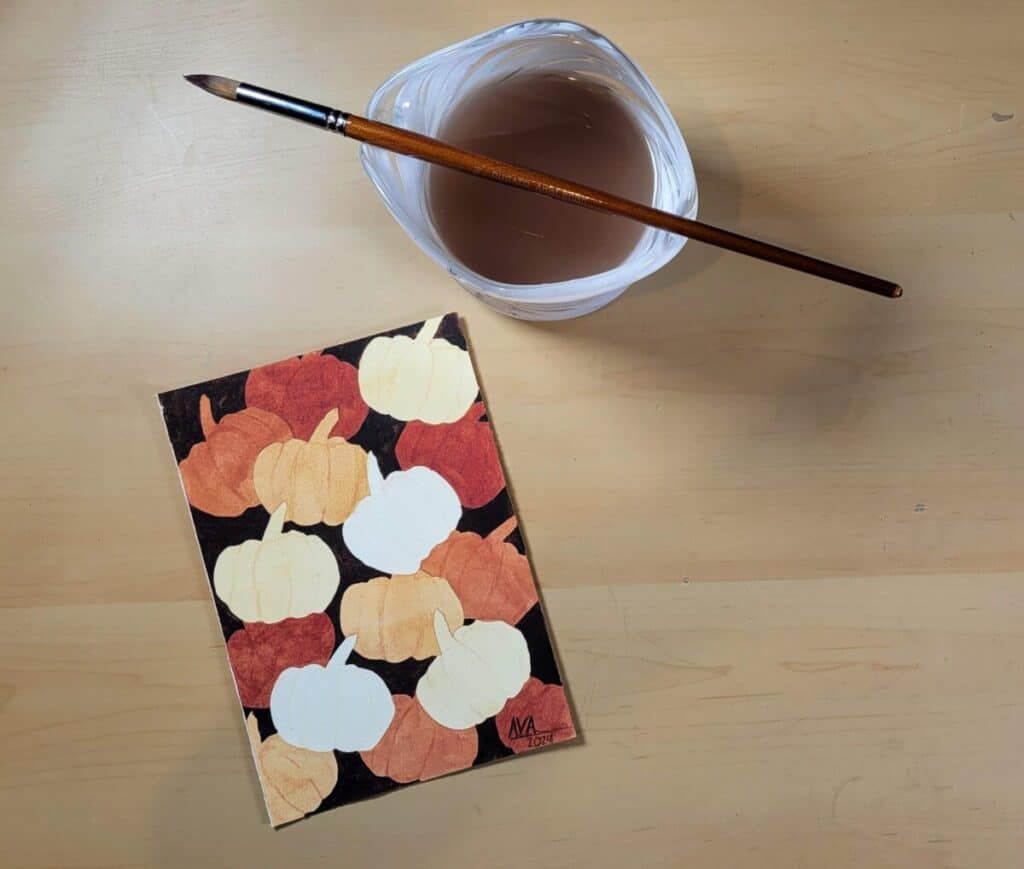
Negative space may not be the first topic that comes to mind when discussing painting, but its role is vital. It is a key element that contributes to the balance, focus, and overall narrative of a piece. As you create or analyze artwork, take a moment to appreciate the beauty in what is left unsaid and consider how negative space can elevate your understanding and appreciation of visual art. Embrace the empty spaces; they might just be the key to unlocking deeper meanings in your work!

